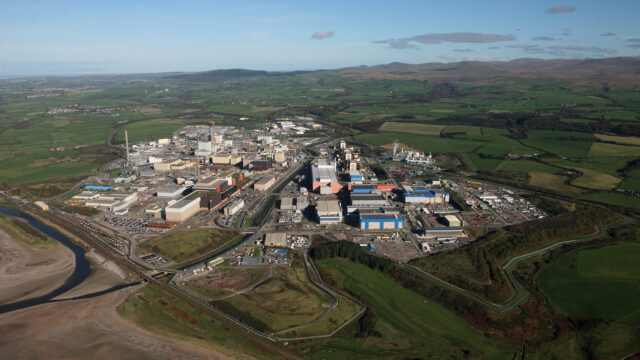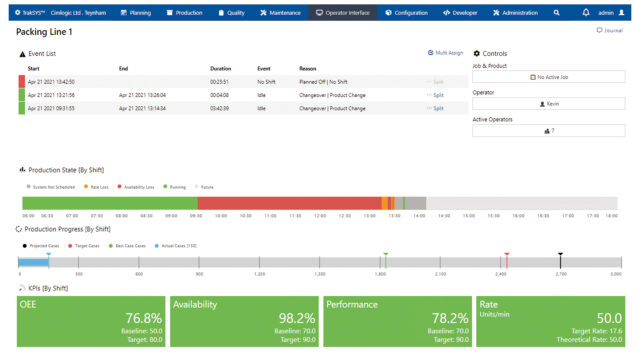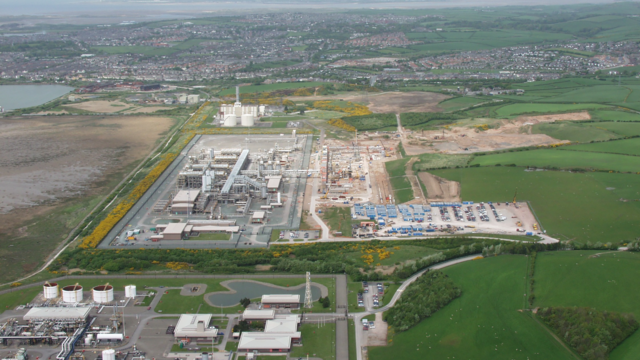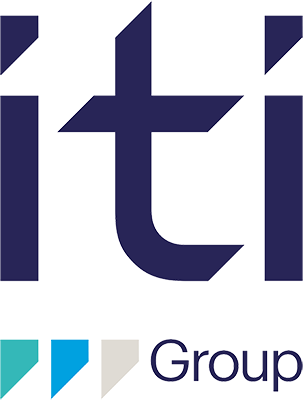Simplification
During the months that followed that tragedy, a blueprint was developed by ITI and Centrica Energy for the retrospective upgrade of manned platforms, or normally unmanned installations (NUI), that require regular intervention. The aim was to enable these assets to become almost entirely unmanned and remotely controlled from an onshore control room in real-time, including black start situations.
At the end of 2012, ITI began formally working on a Remote Operations solution for Centrica Energy, which would ultimately support the simplification of their first platform, DP6. Given the complexities and ever-changing ideals, the concept and design phase took place over several years as it was absolutely essential to ensure that the end solution was as close to perfect as possible. In 2016, the project to engineer the Remote Operations solution for DP6 began with ambitious timescales for completion in early 2018.
Return on investment inside of 2 years
60% reduction in manned helicopter intervention
Significant reduction in OPEX
Drivers for simplification
In addition to the desire of ensuring the safety of their offshore workers, OPEX costs were forcing Centrica Energy to consider early decommissioning of their assets in the Eastern Irish Sea. Investigations proved that by investing in Simplification of their assets, which included the removal of redundant topside plant and accommodation, maintenance costs would be significantly reduced. By Investing in a state of the art integrated control and safety system (ICSS) and electrical control system, which could be operated from an onshore control room, a 60% reduction in manned interventions via helicopter could be achieved resulting in a dramatic improvement in safety, reduction in OPEX and enhancements to ‘end of life’ forecasts for the ageing brownfield assets.
Benefits of remote operations
Following completion of the DP6 project, Centrica Energy expect to achieve:
A 60% reduction in manned helicopter intervention.
Delayed asset end of life by 15 years.
Return on £65m investment inside of 2 years due to remote operation capability.
Demonstrable improvement in safety of support staff by way of minimised intervention.
Significant reduction in OPEX.
Reduced risk profile and therefore reduced insurance costs.
State of the art ICSS and instrument technologies ensuring lifetime supportability.
The ITI Remote Operations solution
Centrica Energy and ITI have been collaborating on a Remote Operations solution that has been ten years in development. During this time, ITI has investigated and tested diverse, emerging and unreleased technologies to ensure that the Simplification solution would support the platform until end of life. ITI was first asked to conduct a FEED study and produce a report, which would ultimately set the benchmark for the remote control conversion of several NUIs.
The ICSS upgrade solution provided by ITI is based on Emerson DeltaV technology to complement Centrica’s legacy Rosemount DCS equipment that would allow for a more proven upgrade path.
For this solution DeltaV offers all of the expandability required for remotely operating an offshore platform including:
Alarm management
Asset monitoring
Fire and gas detection and control
Emergency shutdown
Electrical system monitoring and remote control
How we’ve helped other businesses like yours

Sellafield FGMSP Digital Twin and 3D Planning Tool
ITI Group worked with Sellafield to create a digital twin of the FGMSP, plus an integrated 3D interactive planning tool, to determine the most effective sequences for waste removal based on a myriad of interdependencies.

Purity Soft Drinks Achieved Efficiency Improvements of 20%
Leading soft drinks manufacturer achieves OEE efficiency gains and data insight to drive continuous improvement from real-time OEE platform.

Spirit Energy Digital Transformation
After just one year of collaborating with ITI Group on their Digital Transformation programme, Spirit Energy are already seeing the benefits of a properly managed data solution.
How can we help you?

